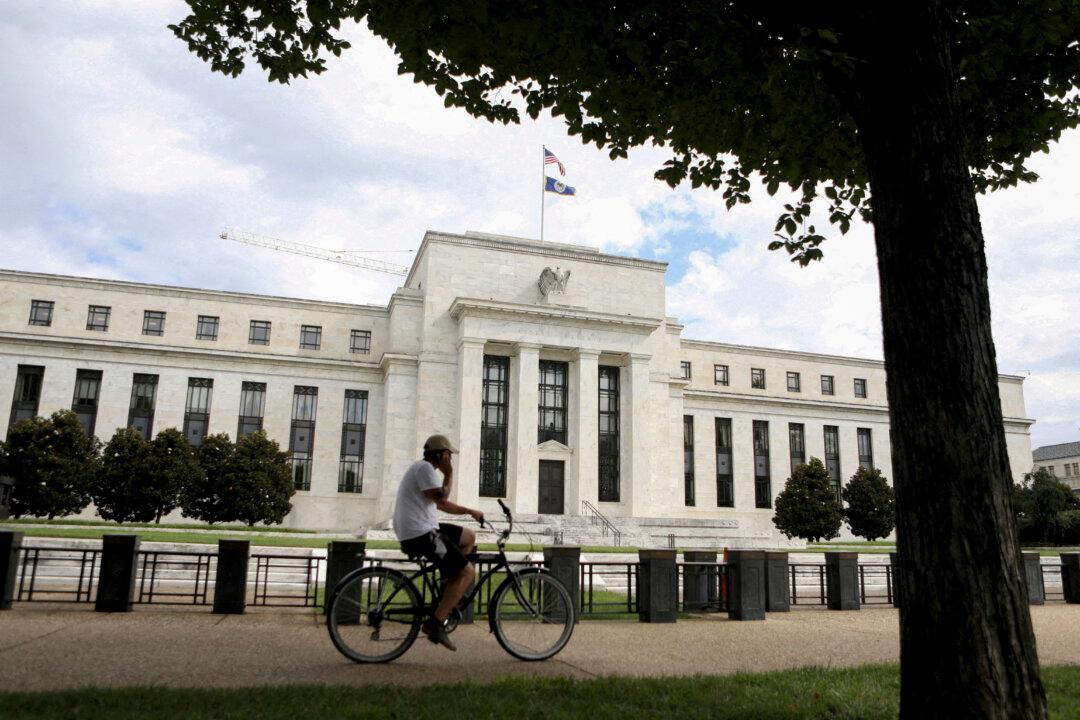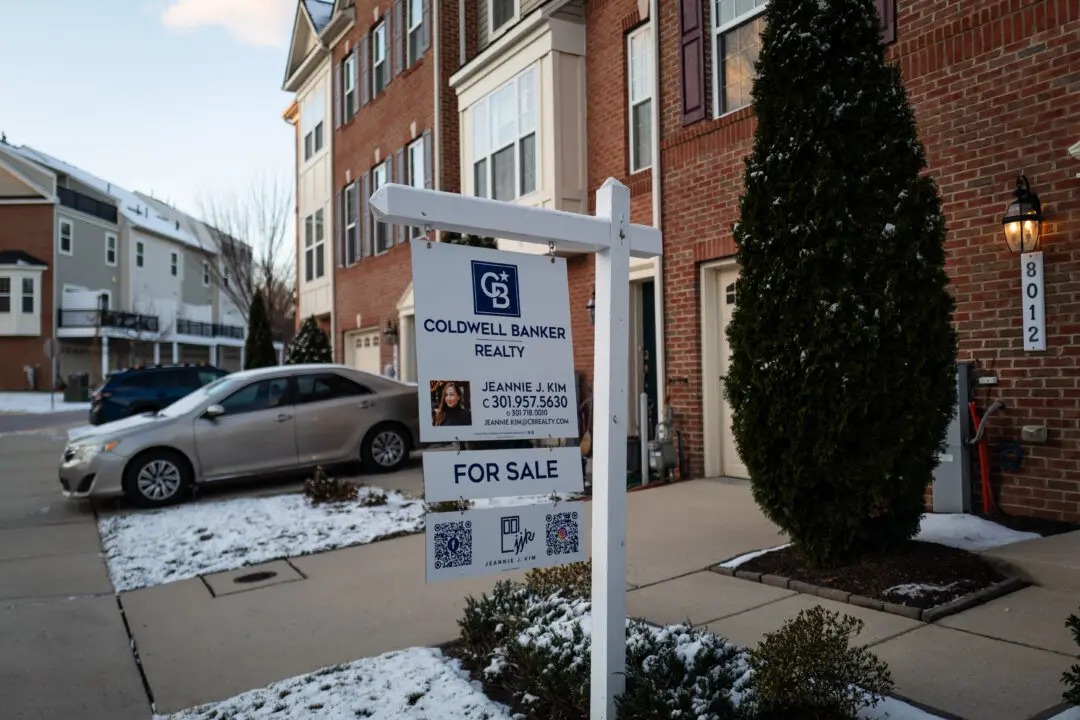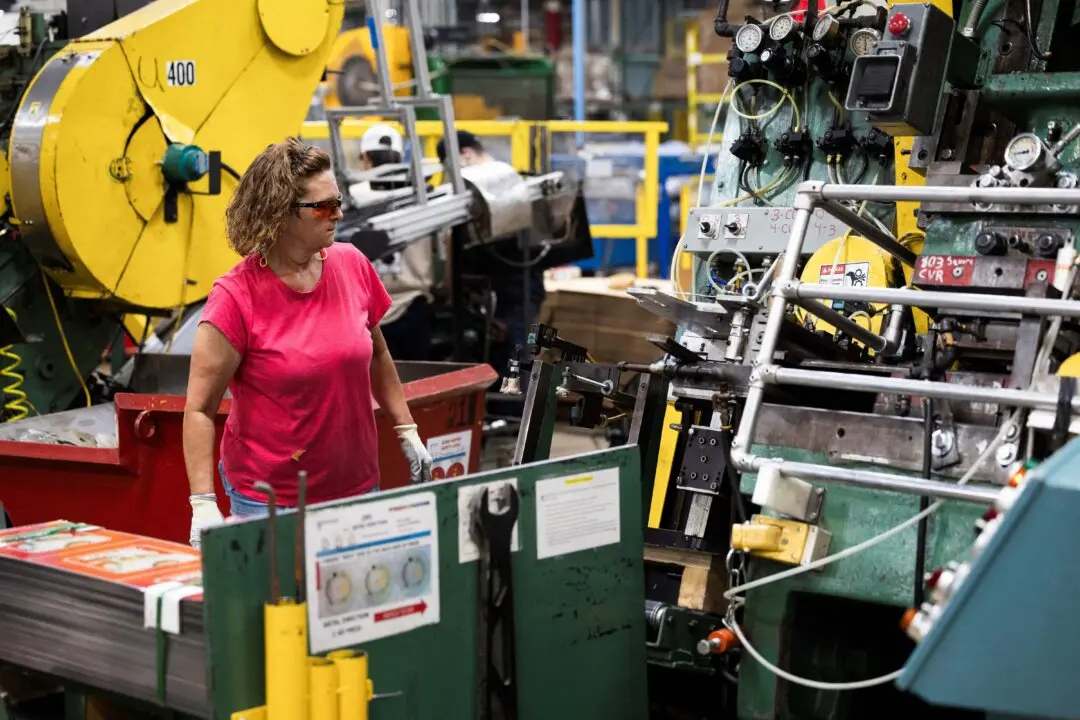Federal Reserve officials were busy this week delivering speeches, speaking with the media, and penning essays to inform the financial markets that monetary policymakers might not be so fast to cut interest rates as they were to raise them.
At last month’s meeting of the policymaking Federal Open Market Committee (FOMC), Federal Reserve Chair Jerome Powell told reporters that it’s unlikely that officials would vote to cut interest rates in March. This was ostensibly a position shared by his colleagues as several central bank officials expressed caution before pivoting on policy and initiating the cycle of lowering the benchmark federal funds rate.





